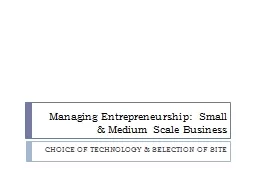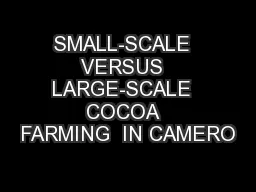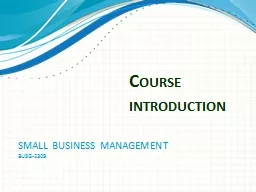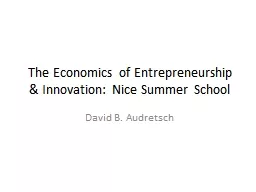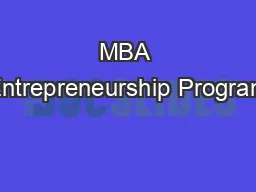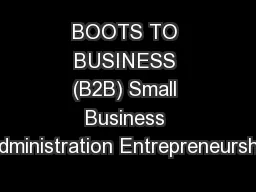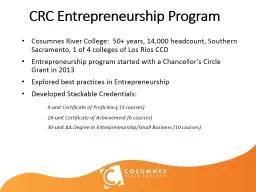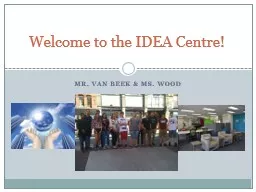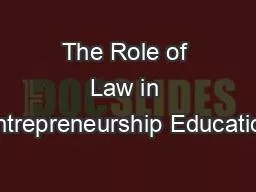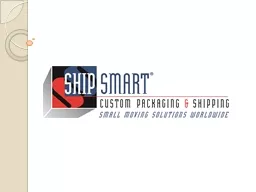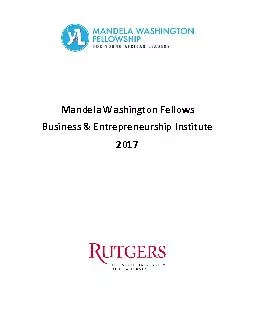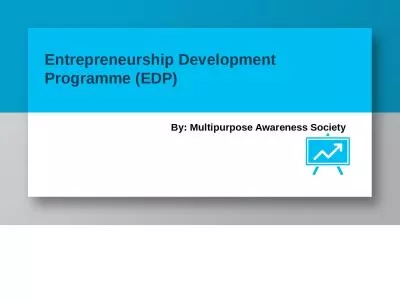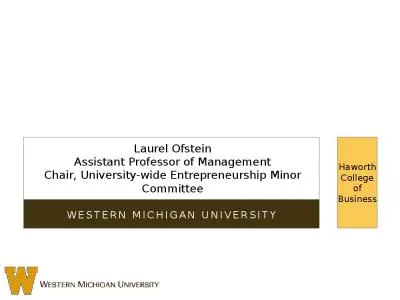PPT-Managing Entrepreneurship: Small & Medium Scale Business
Author : kittie-lecroy | Published Date : 2018-03-23
CHOICE OF TECHNOLOGY amp SELECTION OF SITE SCOPE Introduction ProductService Design Technology Determination Selection of Site OBJECTIVES By the end of the session
Presentation Embed Code
Download Presentation
Download Presentation The PPT/PDF document "Managing Entrepreneurship: Small & M..." is the property of its rightful owner. Permission is granted to download and print the materials on this website for personal, non-commercial use only, and to display it on your personal computer provided you do not modify the materials and that you retain all copyright notices contained in the materials. By downloading content from our website, you accept the terms of this agreement.
Managing Entrepreneurship: Small & Medium Scale Business: Transcript
Download Rules Of Document
"Managing Entrepreneurship: Small & Medium Scale Business"The content belongs to its owner. You may download and print it for personal use, without modification, and keep all copyright notices. By downloading, you agree to these terms.
Related Documents

